Magnesium plays a very important role in one’s health. It is essential for the proper functioning of the different systems and organs. A healthier lifestyle can be achieved as magnesium can greatly help prevent inflammation and diseases such as cancer and heart attack. Studies from the Harvard University have confirmed numerous beneficial effects of daily intake of magnesium. One study shows it helps reduce the risk in about 33 percent for those who are developing and suffering from diabetes. Another study revealed that magnesium can help lessen the chances of depression and migraine attacks. So experts and dieticians recommend using the natural sources of magnesium in your diet, although there are many magnesium supplements. Some of the most common foods that are rich in magnesium are listed below.
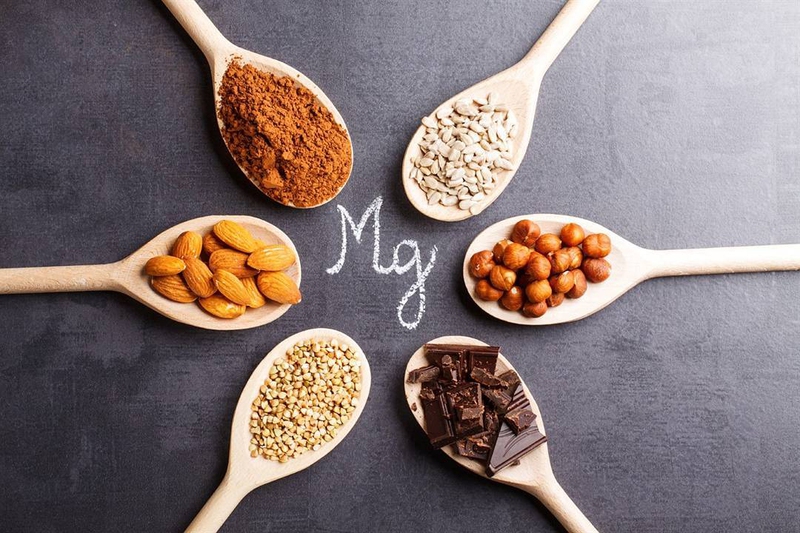
Top 12 Foods High in Magnesium
Sunflower Seeds
Amount of Magnesium: 128 mg per ¼ cup
Other Benefits: Sunflower seeds are rich in calcium for stronger bones. It is also a good source of polyunsaturated fats which help reduce the bad cholesterol present in the blood.
Best Way to Eat: Raw sunflower seeds can be roasted and eaten as a snack or added to green salads.
Almonds
Amount of Magnesium: 105 mg per ¼ cup
Other Benefits: Almonds are rich in Vitamin E which serves as a good antioxidant that keeps the body strong and healthy. It is also a good source of protein and omega-3 fatty acids for a healthier body and stronger heart.
Best Way to Eat: A handful of almonds can be eaten as a snack or added to different kinds of salads.
Sesame Seeds
Amount of Magnesium: 101 mg per 1 ounce (roasted)
Other Benefits: Sesame seeds, as one of the foods high in magnesium, are also rich in zinc which increases the production of testosterone and sperm in men, leading to better sex life. It is also a good source of iron and Vitamin B6 for a stronger body and decreases the chance of having diabetes.
Best Way to Eat: Sprinkle sesame seeds into a stir fry dish or mix them into granola meals.
Cashews
Amount of Magnesium: 89 mg per ¼ cup
Other Benefits: Cashews are rich in iron and Vitamin K for a healthier heart, better cancer prevention, and decreasing rate of osteoporosis. It is also a good source of folate to prevent anemia, indigestion, and skin disorders.
Best Way to Eat: Roasted cashews can be eaten as a satisfying snack or tossed into a healthy green salad.
Pumpkin Seeds
Amount of Magnesium: 74 mg per 1 ounce
Other Benefits: Pumpkin seeds are rich in fiber which is good for proper digestion. It is also a good source of monounsaturated fats, making it a healthy food for the heart.
Best Way to Eat: Toast pumpkin seeds are good for snacks, for baking pastries, and even for salad toppers.
Oatmeal
Amount of Magnesium: 57.6 mg per 1 cup (cooked)
Other Benefits: As one of the foods high in magnesium, oatmeal is also rich in folate and fiber for better metabolism and digestion. It is also a good source of potassium and omega-3 fatty acids for lowering the blood pressure.
Best Way to Eat: Usually eaten during breakfast with additional toppings such as fresh fruits.
Broccoli
Amount of Magnesium: 51 mg per ½ cup (cooked)
Other Benefits: Broccoli is rich in Vitamin C which improves the immune system of the body and gives a glowing skin. It is also a food source of minerals that naturally lowers the risk of cancers.
Best Way to Eat: Raw broccoli is highly nutritious while some liked it steamed and paired with other vegetables such as tomato.
Peas
Amount of Magnesium: 48 mg per 1 cup
Other Benefits: Peas are rich in Vitamin C for protection against several illnesses and diseases such as cancer and scurvy. It is also a good source of protein, Vitamin A, and potassium for a maintained blood pressure, treating skin disorders, and improving the eyesight.
Best Way to Eat: Tossed peas can be eaten as a snack or can be added to salads, soups, pasta, or main dish.
Tofu
Amount of Magnesium: 37 mg per ½ cup
Other Benefits: Tofu is rich in calcium and protein for stronger bones and muscles. It is also a good source of iron which helps in the production of hemoglobin in the body.
Best Way to Eat: Stir fried tofu or grilled tofu makes the best meals as they can take the flavor of whatever is added to the dish.
Sweet Corn
Amount of Magnesium: 33 mg per 1 ear
Other Benefits: Unlike other foods high in magnesium, sweet corn is rich in fiber for good digestion and healthy diet, leading to a better physique. It is also a good source of Vitamin B and Vitamin C for protection against disease and infections.
Best Way to Eat: Grilled sweet corns are brushed with olive oil and a small amount of salt.
Bananas
Amount of Magnesium: 33 mg per one medium sized banana
Other Benefits: Bananas are rich in potassium which serves as an electrolyte that helps in lowering blood pressure. It is also a good source of starch, especially green bananas, for better metabolism.
Best Way to Eat: There are numerous options to eat banana such as blending to a smoothie, making a toast, or eating in raw.
Skim Milk
Amount of Magnesium: 27.8 mg per 1 cup
Other Benefits: Milk is rich in calcium which is needed for the bones to stay healthy and strong. It is also a good source of potassium, Vitamin D, Vitamin B12, and protein which are essential nutrients needed by the body especially for a healthier kidney and liver.
Best Way to Eat: Pour milk over a bowl of cereals, blend with fruits and other flavors, or drink straight from the glass.

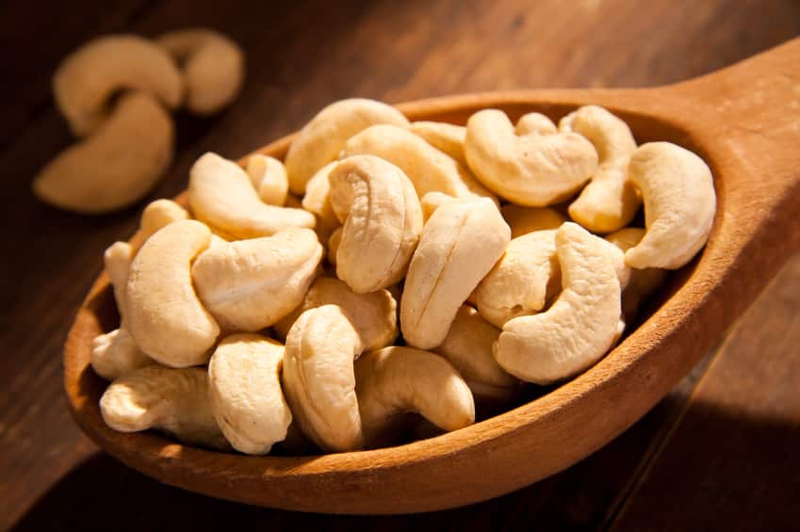
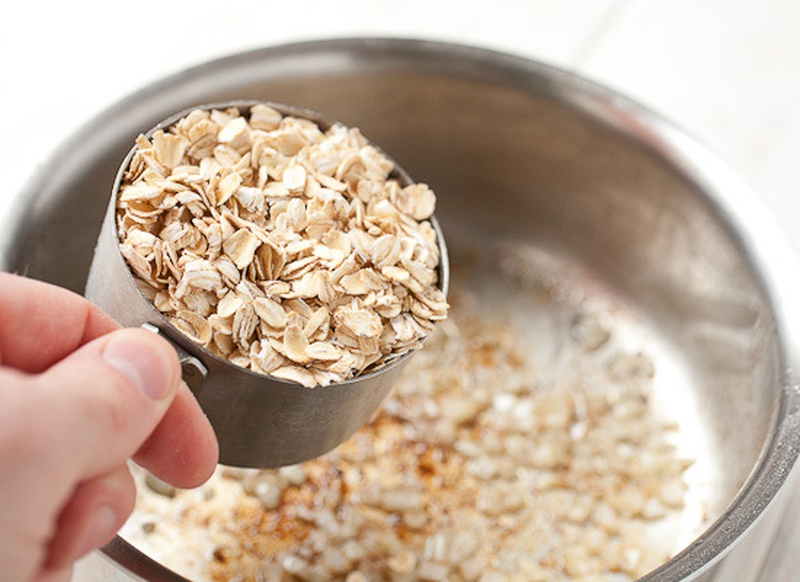
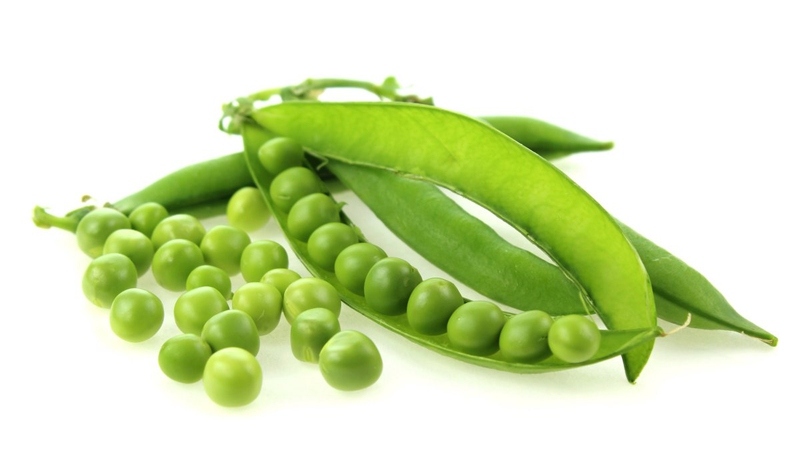
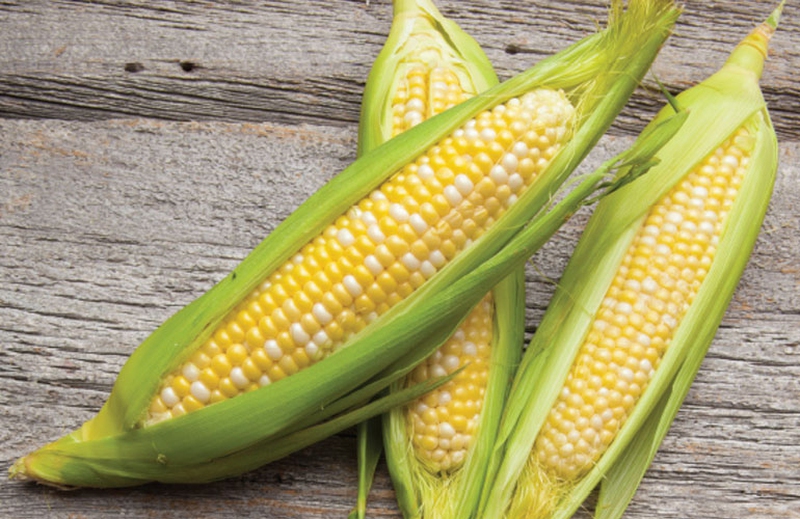
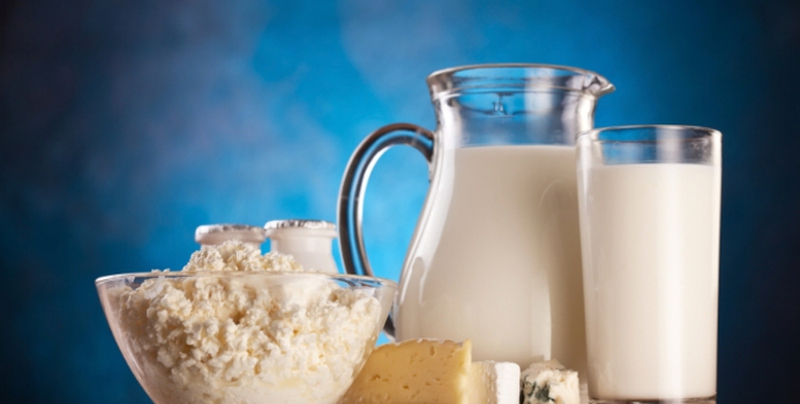
View All Comments /Add Comment